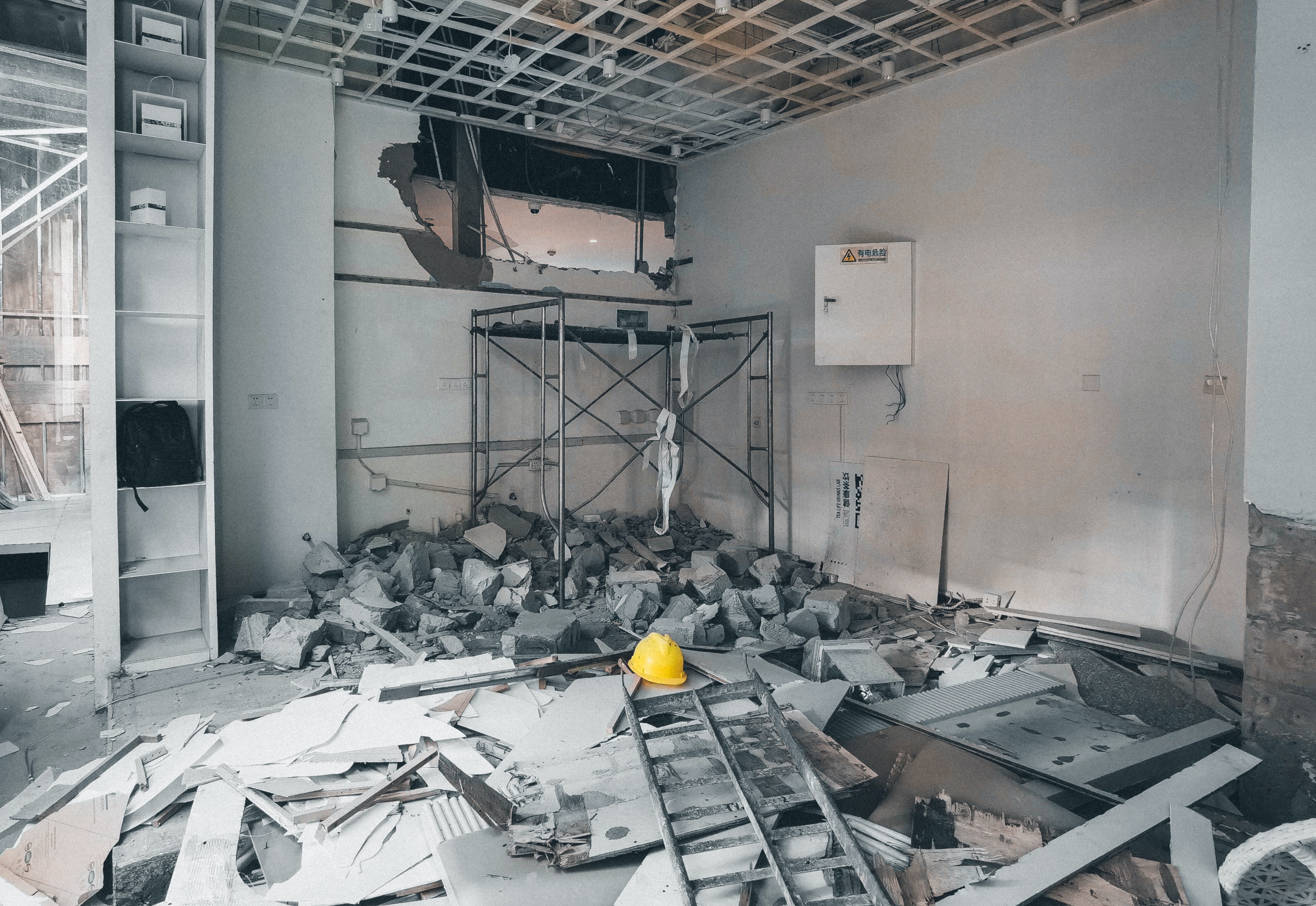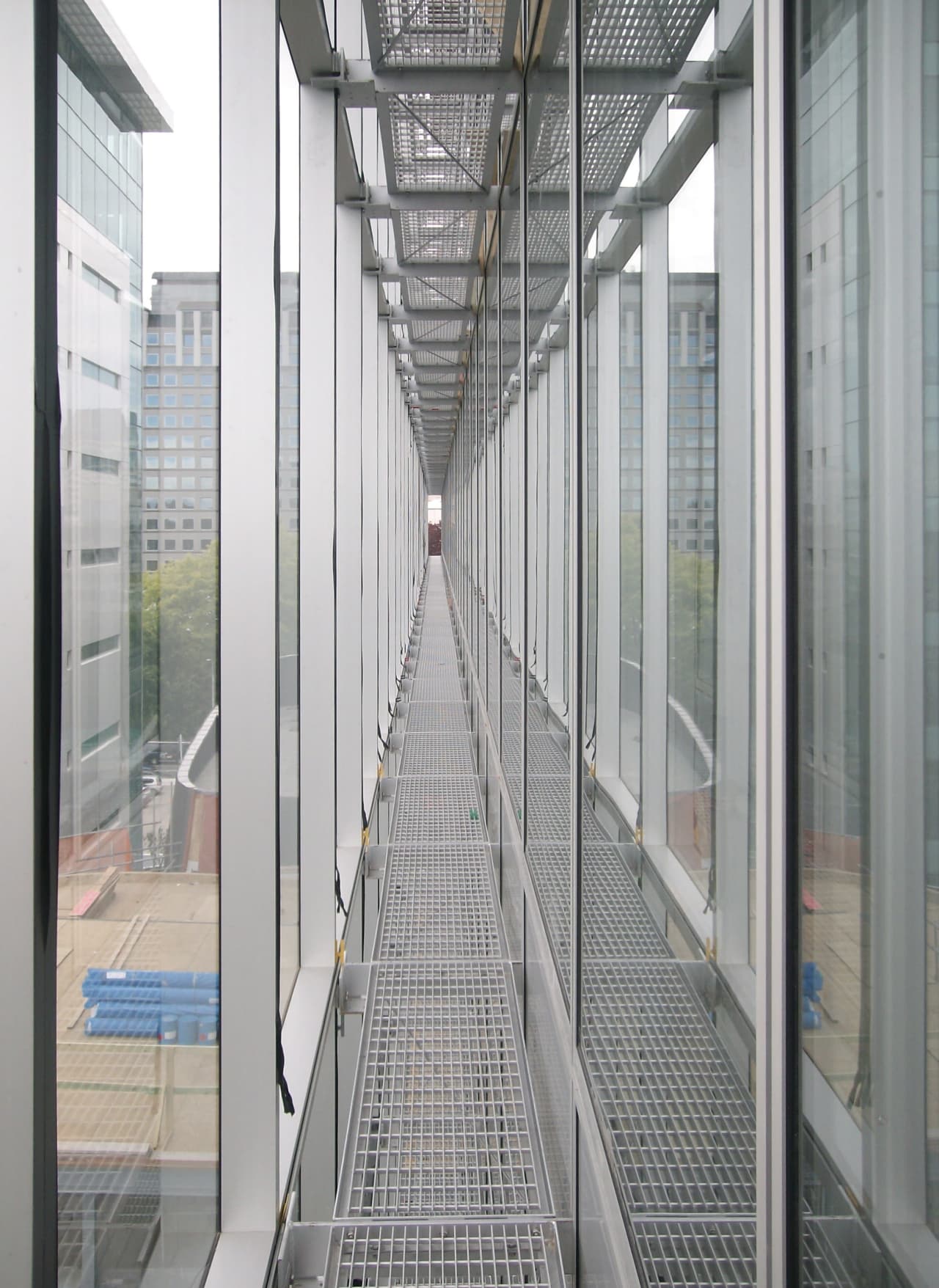
STRUCTURAL & ALUMINIUM
We Offers Quality Structural & Aluminium Services at Affordable Rates in Singapore
Structural system, in building construction, the particular method of assembling and constructing
structural elements of a building so that they support and transmit applied loads safely to the
ground without exceeding the allowable stresses in the members. Basic types of systems include
bearing-wall, post-and-lintel, frame, membrane, and suspension. They fall into three major
categories: low-rise, high-rise, and long-span. Systems for long-span buildings (column-free
spaces of more than 100 feet, or 30 metres) include tension and compression systems (subject to
bending) and funicular systems, which are shaped to experience either pure tension or pure
compression. Aluminum is the third most abundant metal in the Earth’s crust, and the third most
abundant element overall.
Aluminum is popular because it is lightweight, strong, resistant to corrosion
and durable. It is also ductile, malleable, and conductive and has no odour.
Buildings made with aluminum are virtually maintenance free due to aluminum’s resistance to
corrosion. Aluminum is also thermally efficient, which keeps buildings warm in cold seasons and
cool in hot seasons. Add the fact that aluminum has a pleasing finish and can be curved, cut and
welded to any desired shape, it allows modern architects unlimited freedom to create buildings
that would be impossible to make from wood, plastic, or steel.
The first building in which aluminum was widely used was the Empire State Building in New York,
built in 1931. Today, aluminum is regularly used in the construction of high-rise buildings and
bridges. The lighter weight of aluminum makes it easier, faster and more convenient to work
with. It also helps reduce other costs. A building constructed of steel would require much
deeper foundations due to the added weight, which would drive up construction costs.
Aluminium is widely used together with glass in modern construction projects especially on
doors, windows, partitions and curtain walls. The combination results in an aesthetically
appealing final product.
Building With Aluminum
Wondering why you should consider aluminum for your next residential or commercial
construction project? Aluminum is:
▸ Lightweight and strong: Aluminum is one of the rare construction materials that
doesn’t
sacrifice durability for weight. Select high-strength aluminum alloys are frequently used
for structural beams or for supporting heavy window panels to maximize natural light.
▸ Corrosion resistant: Aluminum is naturally corrosion resistant and can be used in
outdoor
applications with little additional processing. This makes it a versatile choice that can be
painted or finished to meet any branding or design requirements without worrying about
long-term durability.
▸ Eco-friendly: Because aluminum can be melted and reused with no loss in quality, it
is one
of the most eco-friendly building materials available today. Producing and processing it is
extremely energy efficient. As a result, the use of aluminum can help your building qualify
for LEED and other certifications.
▸ Cost-effective: Aluminum’s infinite recyclability and reduced energy production
requirements
aren’t just good for the environment — they’re also good for your bottom line. To keep costs
down while ensuring a quality product, Pennex Aluminum Company aluminum construction
materials are made with a minimum 70% recycled materials. Contact our office to request a
quote today.

Service Includes
▸Design and material fixing
▸Size and alignment fixing of modification
▸Material Purchase and delivery at home
▸Processing of material and assemble
▸Polish/Paint of the false ceiling
▸Spot light holes at designated place (If required)
▸7 days service warranty included for any issue solving
